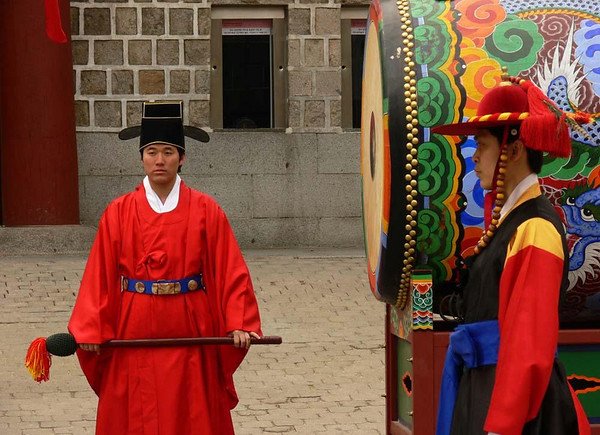
A story telling portrait is more than just a snapshot showing what somebody looks like. It must communicate more than a mere likeness if it is to define the character and personality of the subject. I try to interpret the subject, expressing something about who they are, instead of merely describing their appearance. When I make a portrait, I often recall the words of Richard Avedon, whose portraits defined the human soul. Avedon said "A portrait is not a likeness. The moment an emotion or fact is transformed into a photograph it is no longer a fact but an opinion...All photographs are accurate. None of them is the truth. " I try to make portraits to express my own version of the truth, conveying those shared emotions, beliefs, traditions and knowledge demonstrated through the examples I’ve posted in Gallery Three on “Expressing Human Values.”
Most travel portraits are little more than mug shots – rarely offering us a look at more than the head, shoulders, and hair of the subject. I usually prefer to include considerably more information, including spontaneous body language, references to the work the subject might be doing, and symbolic clues offered by the environment in which I find them. Now and then, I may ask my subjects to look directly into the camera. But I never direct their responses. I abhor pretense and self-conscious grins. I want people to relax and be themselves, and allow me to express their character as they react naturally and spontaneously. In this gallery I offer a range of examples showing how I make travel portraits that express meaning. It originally contained examples of portraits I made while in China during the summer of 2004.
I hope you will be able to participate in the dialogue. I welcome your comments, suggestions, ideas, and questions, and will be delighted to respond.